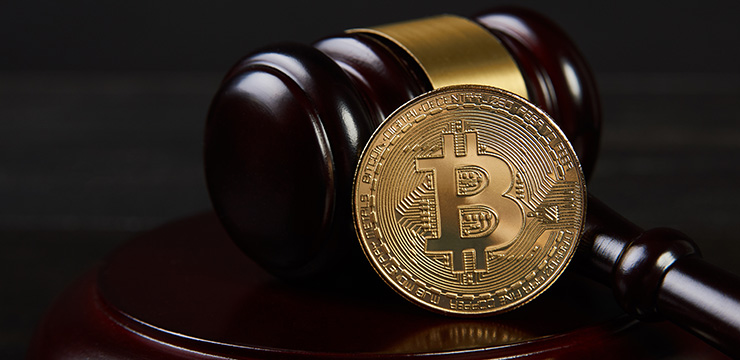As part of its ongoing examination of the Custody Rule, the SEC’s Division of Investment Management is seeking views from the securities industry members and the public on two issues regarding the Custody Rule: (1) the application of that rule to trading that is not handled on a delivery versus payment basis, and (2) the application of the rule to digital assets. In a March 12, 2019 letter to the President and CEO of the Investment Adviser Association published on the SEC’s website (“the Custody Release”), the Division seeks input to expand on its Guidance Update from early 2017. Both issues are important in view of the increasing complexity of types of securities that registered investment advisers are purchasing on behalf of their customers and, as discussed below, the issues overlap in a way that might predict an important use case for blockchain technology.

The Custody Rule
The Custody Rule under the Investment Advisers Act of 1940 provides that it is a fraudulent, deceptive or manipulative act, practice or course of business for a registered investment adviser to have “custody” of client funds or securities unless they are maintained in accordance with the requirements of the Custody Rule. The definition of custody includes arrangements where the adviser has authority over and access to client securities and funds.
By way of context, we note that although the Custody Rule applies only to registered investment advisers, its concepts are relevant for non-registered advisers and other intermediaries as well, since their clients or customers have a practical interest in assuring that: managed assets are appropriately safeguarded; and the absence of appropriate custody arrangements may preclude a client from investing with a particular adviser.
Also, as the Custody Release notes, the Division previously issued a letter inviting engagement on questions relating to the application of the Investment Company Act of 1940, including the custody provisions of that Act, to cryptocurrencies and related products.
The Custody Rule and DVP Arrangements
The Custody Release points out that when an investment adviser manages funds pursuant to delivery versus payment arrangements – that is, when transfers of funds or securities can only be conducted together with a corresponding transfer of securities or funds – then it provides certain protections to customers from misappropriation by the adviser. The Release seeks to assist the Division in gathering information on payment practices that do not involve delivery versus payment, seeking input on, among other things: the variety of instruments that trade on that basis; the risk of misappropriation or loss associated with such trading; and how such trades appear on client accounts statements.
The Custody Rule and Digital Assets
The Custody Release also asks about the extent to which evolving technologies, such as blockchain/distributed ledger technology, provide enhanced client protection in the context of non-delivery versus payment trading. That question presents a good lead-in to the second part of the Custody Release, which seeks to learn “whether and how characteristics particular to digital assets affect compliance with the Custody Rule.” These characteristics include:
– the use of distributed ledger technology to record ownership;
– the use of public and private cryptographic keys to transfer digital assets;
– the “immutability” of blockchains;
– the inability to restore or recover digital assets once lost;
– the generally anonymous nature of DLT transactions; and
– the challenges posed to auditors in examining DLT and digital assets.
With these characteristics in mind, the Division asks are fairly open-ended about the challenges faced by investment advisers in complying with the Custody Rule with respect to digital assets, including:
– to what extent are investment advisers construing digital assets as funds or securities?
– are investment advisers including digital assets in calculating regulatory assets under management in considering with they need to register with the SEC?
– how can concerns about misappropriation of digital assets be addressed?
– what is the process for settlement of digital asset transactions, either with or without an intermediary?
The most forward-looking question asked in the Release is whether digital ledger technology can be used for evidencing ownership of securities. The answer to this question – which could represent a direct application of the blockchain’s ability to record ownership and its immutability – could pave the way to resolving custody concerns with respect to any asset class transacted in by investment advisers on behalf of their clients. It certainly points the way to an important possible use of blockchain technology – to demonstrate custody in a way that is immutable, anonymous and auditable. Technologists, get to work!
The Custody Release’s questions are a significant next step in drawing digital assets into the embrace of investment adviser regulation, but a positive step nonetheless.






